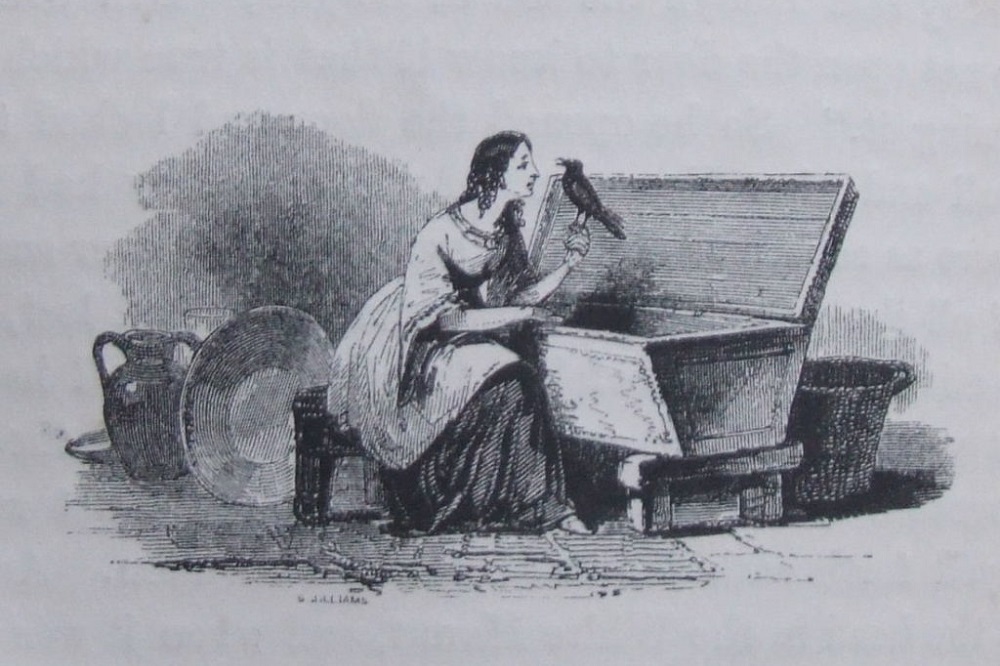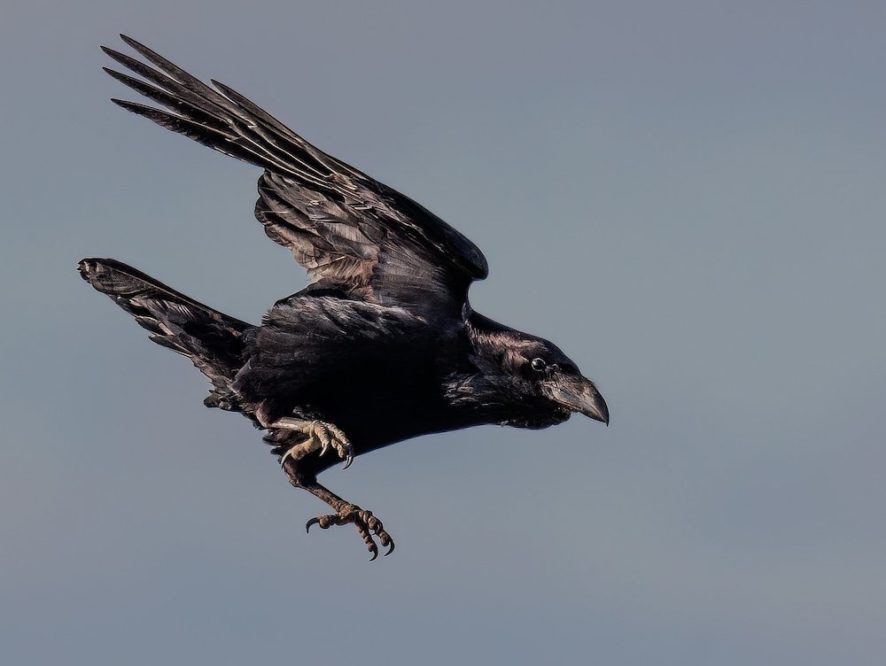Yr Hen Iaith part five: The Tale of Branwen, Daughter of Llŷr

Continuing our series of articles to accompany the podcast series Yr Hen Iaith. This is episode five.
Jerry Hunter
One popular twentieth-century Welsh play, Saunders Lewis’ Siwan, examines problems in the political marriage between Llywelyn the Great and Joan, daughter of King John of England. Many centuries before that, the anonymous author of the Second Branch of the Mabinogi provided a very different look at a troubled royal marriage.
The shorthand used to refer to the other three branches foregrounds a central male character (Pwyll, Manawydan and Math), but established tradition asks us to refer to the Second Branch as the tale of ‘Branwen, Daughter of Llŷr.’ And rightly so, for the plight of this female character both drives the story’s action and elicits the greatest emotional response from readers.
At the tale’s start, Matholwch, king of Ireland, comes to Wales to seek Branwen’s hand. The supposition is that this marriage between two royal families will provide the basis for a political alliance.
Apocalyptical war
The message delivered to king Bendigeidfran is that the Irish king has come ‘to seek Branwen, Daugher of Llŷr’, his sister, and ‘bind the Island of the Mighty [that is, the Island of Britain] and Ireland together, so that they might be stronger’ (‘Y erchi Branwen uerch Lyr . . . ac . . . ymrymaw ynys y Kedeirn ac Iwerdon y gyt, ual y bydynt gadarnach’).
But instead of peace and prosperity, the union of Branwen and Matholwch leads to an apocalyptical war which kills most of Ireland’s population and most of the soldiers in the great army which crossed the sea to save Bendigeidfran’s suffering sister.
This work of literature can be read as pointed socio-political criticism, suggesting that women shouldn’t be traded like chattel and that dynastic marriages can lead to disastrous consequences.
Medieval Wales
Another remarkable aspect of this rich literary work is that it can be read as a palimpsest – that is, as a construction which allows us to see two different things at the same time.
We are told in the opening sentence that Bendigeidfran ‘was crowned king of this island, and adorned with the crown of London’ (‘a oed urenhin coronawc ar yr ynys hon, ac ardychawc o goron Lundain’). And yet in the next sentence we find him in Harlech, ‘one of his courts’ (‘yn llys idaw’).
The palimpsestic view allows us to imagine the legendary golden age before invaders took the Island of Britain from the ancestors of the Welsh as well as interpret the tale in a context reflecting more closely the realities of medieval Wales.
Scars of war
Branwen, brought home alive but not saved from tragedy, returns to Wales only to die of a broken heart. And seven men out of the vast army which Bendigeidfran had led across the sea to rescue her return to Wales alive.
They are entertained for many years by magical means, forgetting all of the tragedy which they have experienced, until one of them decides to open the door which shouldn’t be opened, thus forcing them to remember the past and move forward into the future.
This can be seen as a medieval Welsh author’s way of representing the psychological scars left by war – what we call PTSD today. One who has suffered is drawn to forget the cause of that suffering, but in order to move on with life that past must first be faced.

Battlefield birds
The tension between peace and war is present in this story from its opening sentences, woven into the very fabric of its central characters.
In the initial scene, we are told that Bendideidfran’s court includes his half-brothers, Nisien and Efnisien, the former making peace between opposing sides ‘when they happen to be at their angriest’ (‘pan uydynt lidyawcaf’) and the later causing ‘strife’ or ‘combat’ (‘ymlad’).
The name of Branwen’s brother is readily understandable as ‘Brân the Blessed’ (‘bendigaid-brân’). The crow (brân) and raven (cigfran in Welsh, or ‘meat-crow’) are prominent symbols in medieval literature, the birds flocking to battle fields to feast on dead warriors.
Bendigeidfran does indeed prove to be a ferocious leader in war, manifesting the violent connections of the black ‘crow’ within in him.
In stark contrast, his sister is a ‘white crow’ (brân wen), her name a poignant reminder of the peace which her marriage failed to achieve.
Further Reading:
– Gwyn Jones and Thomas Jones (translators), The Mabinogion (revised edition, London, 1993)
– Patrick K. Ford, The Mabinogi and Other Medieval Welsh Tales (new edition, 2008)
– Sioned Davies (translator), The Mabinogion (Oxford: OUP, 2008)
You can catch up with the previous episodes here
Support our Nation today
For the price of a cup of coffee a month you can help us create an independent, not-for-profit, national news service for the people of Wales, by the people of Wales.




